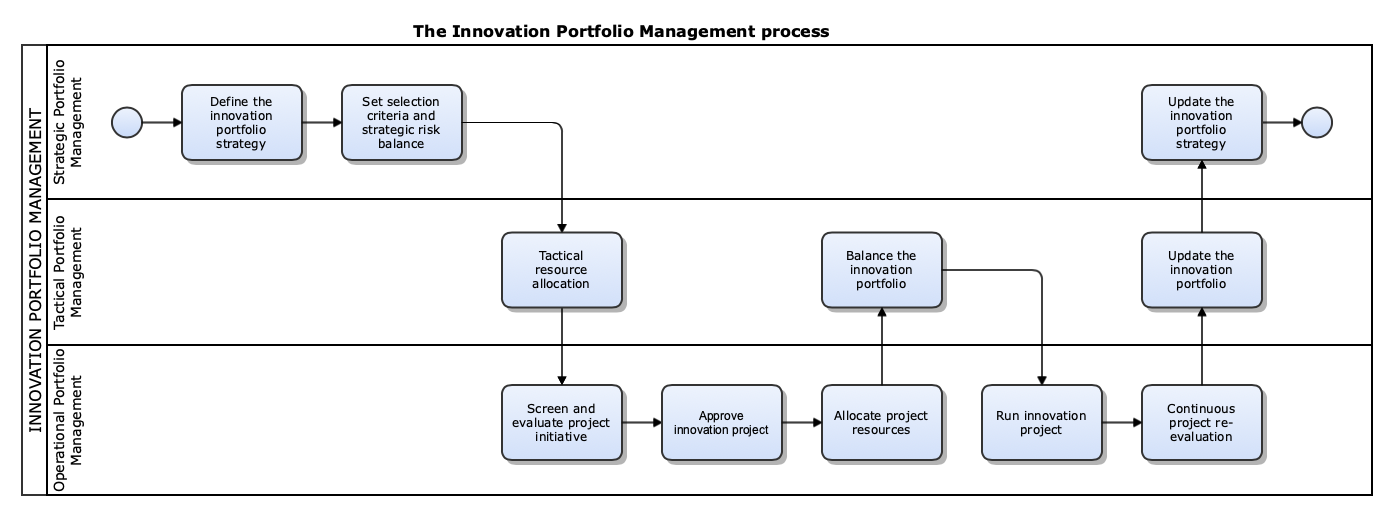Contents
Companies work out ways to improve the overall unit cost of products by balancing between fixed and variable costs. Fixed costs are those expenses that are independent of the number of units produced, such as rent, insurance, and equipment costs. The internal audit committee of a business uses cost accounting to determine both contingent and fixed costs involved with https://1investing.in/ the manufacturing process. It will first calculate and report all costs separately, then compare production costs to output results to help measure financial success and make future business decisions. For this function, costs are accrued and analyzed under varied elements of price. The overheads are classified on functional foundation for unit costing purpose.
Hospital costing is applied to decide the cost of these services. The cost unit for Goods transport organization is Ton– Kilometer – that means cost of carrying one Ton of goods over a distance of one kilometer. Interest and finance charges are treated as fixed cost shown in cost statement. Unlike products, services are intangible and cannot be stored, hence, there is no inventory for the services. Thus Service costing is a method of cost accumulation which is designed to determine the cost of services. Services are termed as internal when they have to be performed on interdepartmental basis in factory itself e.g.
Even though cost centre and cost unit are two independent terms, they are intertwined and necessary for cost control in a company. A cost unit is the measurement medium whereas a cost centre refers to a subdivision, location, department, or other institution. Sometimes people misinterpret the cost of production or production costs as manufacturing costs. But there is a difference between Production and manufacturing cost. While the cost of production is an aggregated cost of different costs.
What is meant by cost unit?
It takes time and effort to train accounting personnel and managers on esoteric and sometimes complex processes, and errors can occur early on. When comparing a cost accounting scheme or a generic accounting system, higher-skilled accountants and auditors are expected to demand more for their services. Even though regular prices are allocated to the products, the company must nevertheless pay individual costs. Variance analysis is the process of determining the difference between the normal expense and the real cost incurred. Standard costing applies “standard” costs to the cost of product delivered and inventory rather than individual costs. Fixed costs include those prices which don’t change with time.
A historical cost sheet is prepared based on the actual cost incurred for a product. An estimated cost sheet, on the other hand, is prepared based on estimated cost just before the production begins. A company, to operate smoothly, incurs two kinds of costs – fixed and variable. The government of India has launched many roles in order to reduce the cost of production for producers. This might be a result of free service or setting up free infrastructure for the producer. The cost of raw material for a textile mill is 50,000 INR and the mill pays 4000 INR as monthly rent.
- In this part, analysts may view revenue, unit costs, and gross profit.
- Fixed costs include those prices which don’t change with time.
- Then costs must be reassigned from activities to cost objects (various loan products offered by the organization, customers, etc.) based on identified cost drivers.
- It is the total cost sustained by a business to produce a specific quantity of a product.
The top management of the company always laid down precise guidelines for such departments to prevent the cost from crossing the specific amount. The research and development wing (R&D) is responsible for developing new techniques and products for the organisation. This department incurs a lot of expenses while comping up with new ideas, technologies, and products. There is no revenue generated for the department because the credits are transferred to the sales department for selling the products.
Mail this Definition
The more output that’s produced, the more thinly spread the fixed prices of production across the items of output are. Furthermore, manufacturing economies of scale can decrease the threat of new entrants into the industry. Total cost in the easiest terms is all the costs incurred in producing one thing or partaking in an exercise. In economics, total cost is made up of variable prices + mounted prices. Cost centres produce profit through operational efficiency, but they do not directly contribute. The cost unit aids in the quantification of these departments’ costs.
For example, in the case of a bus company, operating costing indicates the price of carrying a passenger per kilometer. Operating costing is adopted by airways railways, street transport corporations resorts, cinema halls, power houses and so on. All the items in a particular batch are uniform in nature and size. Hence every batch is treated as a value unit and costed separately. (Batch technique of group of similar products/ equivalent merchandise). The price per unit of every batch is ascertained by dividing the price of every batch by the number of units produced in that batch.

The factory overhead or manufacturing overhead, workplace and administration overhead and selling and distribution overhead are the classification of overhead. In the production process, some units of a product are scheduled to be finished at the end of a period. In such situations, while calculating the factory cost of a product unit, it is necessary to make adjustment for opening and closing stock to arrive at net factory cost of the product. Generally, the cost of these unfinished units include direct material, direct expenses, and factory overheads.
Cost of Production – Meaning, Types, How to Calculate
Cost Unit is defined as Unit of quantity of product, service or time in relation to which costs may be ascertained or expressed. A cost unit refers to the unit of quantity of product, service or time in relation to which costs may be ascertained or expressed. The total cost incurred by a company to manufacture, store, and sell a unit of a product or service is called the unit cost. They are synonymous with the cost of sales and cost of goods sold.

Educational institutions like schools, colleges, technical institutes for education and training, are run to impart education and training to students. The objective of running these institutions may be ‘Not-for profit’ or ‘For profit’. Like other business entities, cost and management accounting is also inevitable for this sector. If life of asset is given in years it will be treated as fixed and if life is based on usage in kms or hours, it will be treated as variable cost. Determining the suitable cost unit to be used for cost ascertainment is a major problem in service costing. The cost unit to be applied needs to be defined carefully and frequently, a composite cost unit may be deemed more appropriate.
Variable and Fixed Unit Costs
Or in simple words, the cost of production is the original cost of the product without adding profits of wholesalers, shopkeepers, and other intermediaries. For instance, a roofing provider might rely a unit as 1,000 shingles. In the service industry, it may be harder to outline what constitutes a unit. In these cases, metrics corresponding to labor-hours-per-shopper may substitute unit prices. Moreover, the fee is collected element clever and the price of each factor is divided by whole manufacturing to find out the price per unit of every factor.
This method is used in industries where a number component parts are separately produced and assembled to product final product. Indirect Cost-Actuarial fees, market and product development costs, administration cost, asset management cost etc. The Expenditure of an insurance company can be classified as direct and indirect to a policy or product. If any balance is left out as undistributed, then such balance costs can be collectively distributed to all other course cost centre as a separate cost element namely “Research costs”.
To verify that cost accounts have been properly maintained and’ compiled. To see that costing plan laid down is carried out To detect errors and prevent frauds. However, in the case of utilization of vehicles, use of road rollers etc., the costs are computed order wise. The cost which is to be incurred even when a business unit is closed is a _____. Efiling Income Tax Returns is made easy with ClearTax platform.
If a coffee roaster roasts coffee for five hours, the direct costs of the final product include the roaster’s work hours as well as the cost of the coffee beans. Fixed costsCosts that do not differ with the amount of demand. These are usually interest or leasing payments on a house or a piece of machinery that is depreciated at a set monthly rate. These costs will not change if output volumes increased or decreased. These examples have cleared the meaning of cost of production in your mind. Read this blog till the end to learn about the cost of production.
Companies that manufacture goods may have a more clearly defined calculation of unit prices whereas unit prices for service firms could be considerably imprecise. A unit price is a total expenditure incurred by a company to produce, retailer, and sell one unit of a selected product or service. definition of cost unit Unit costs are synonymous with the cost of goods bought and the cost of gross sales. In cost accounting, unit of services or products for which cost is computed. Cost units are chosen to permit for comparison between precise value and normal price, or between totally different precise costs.
Depending on the circumstances, these prices can be fixed or variable. Variable costsCosts that are related to a company’s level of output. Direct costs are those costs which are incurred for and may be conveniently identified with a particular cost centre or cost unit. S COST CENTRE PROFIT CENTRE1 It is the smallest unit of activity It is the segment of activities of of a business.
The costs of such research including personal costs, books etc. are to be collected through a cost centre approach. All costs incurred in that cost centre are collected and set off against the revenue generated from such research projects. Costs incurred are allocated to the respective cost centres, if they are identifiable with a cost centre and apportioned to service and administration cost centres on suitable basis. These costs include the physical items which are essential for manufacturing.